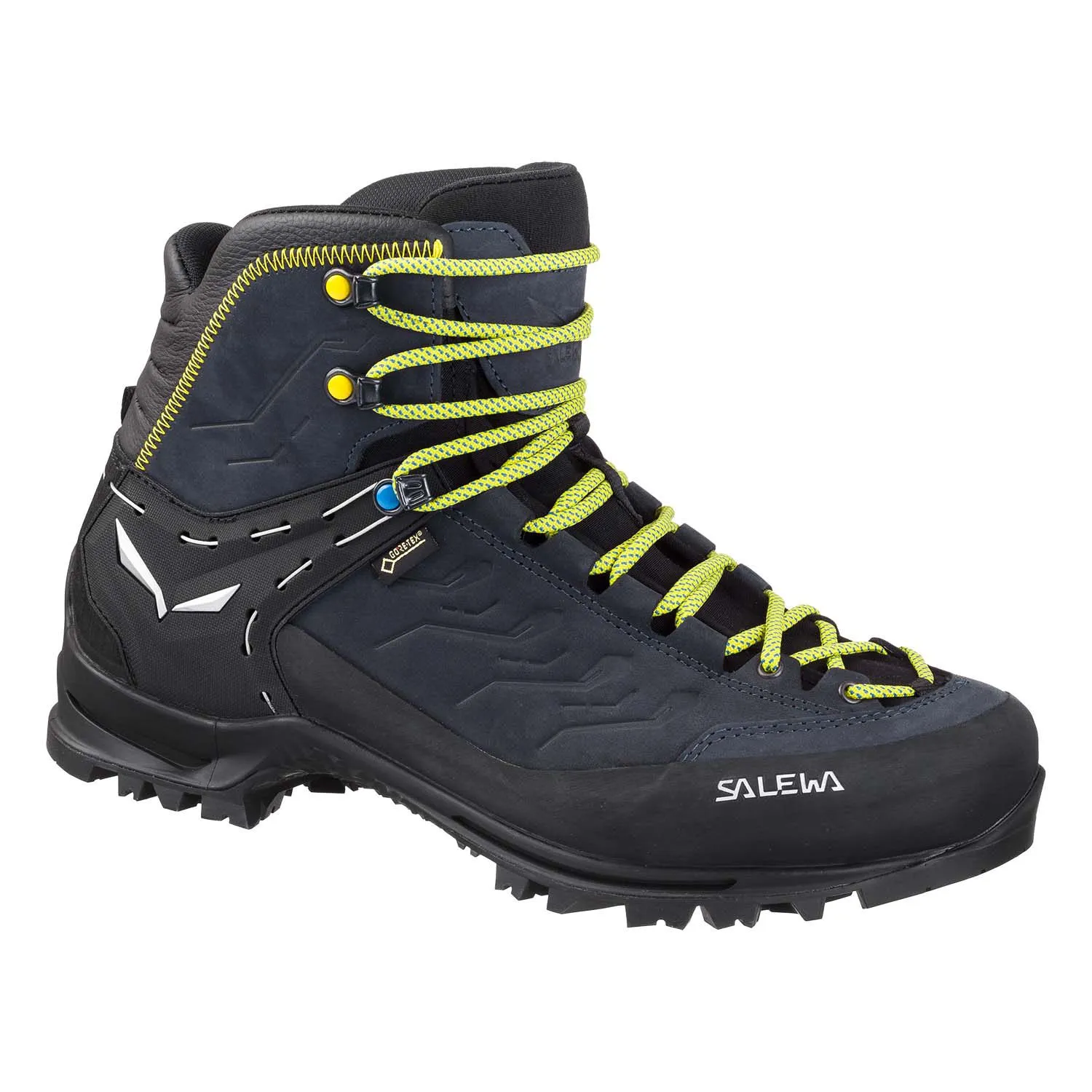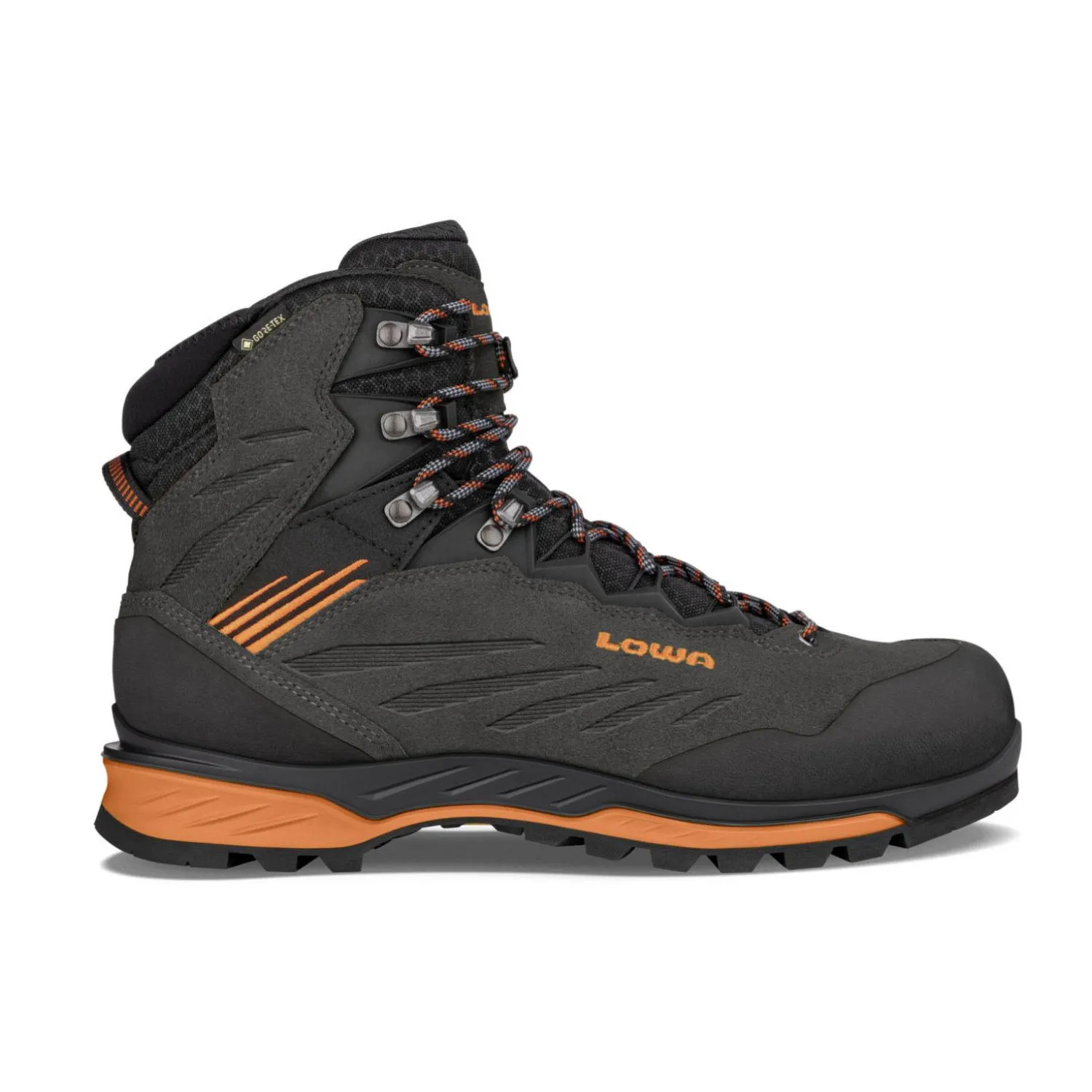Mountain boots
Mountain boots - the ideal shoes for the mountains
Are you planning your next mountain tour? Then it's time for some good mountain boots. Here we explain what you should consider when buying mountain boots - and what differences there are in mountain boots!
Differences in mountaineering boots - which mountaineering boot do I need?
There are different types of mountaineering boots - depending on the area of use. For example, there are shoes with a high or half-high shaft, waterproof and non-waterproof mountaineering boots and mountaineering boots that are crampon-compatible or partially crampon-compatible.
What to look out for when buying mountaineering boots?
Which mountaineering boots are best for you depends first and foremost on the intended use. If you choose boots with a high shaft, this will give you surefootedness and stability. The high shaft also protects you from impacts and from twisting your ankle. It is also important that the shoe is as light as possible - but also very robust and stable. The Gore-Tex membrane keeps feet dry even in the rain and the shoe is still breathable. This creates a good climate in the mountain boots.
Mountaineering boots - crampon proof?
Mountain boots can be roughly divided into three categories: Crampon resistant, conditionally crampon resistant and non-crampon resistant.
If mountaineering boots are crampon-proof, they have a stiff sole and notches at the front and back. Crampons can then be fitted here. Crampon-proof mountaineering boots are required for steep mountain tours or ice climbing. Conditionally crampon-compatible mountain boots have a slightly softer sole so that you can roll better when hiking. They usually only have a notch at the heel for the toggle fastener. The crampons are attached to the front of the boot with a strap binding or basket binding. These shoes are used for easy alpine tours, alpine hikes or via ferratas.
Mountain boots must fit properly!
It is important that the mountain boots fit snugly. You need a good grip in the mountains. However, you should also make sure that your mountaineering boots do not constrict or pinch uncomfortably. The fit at the heels is important - the shoe must not slip here to avoid blisters. The toes should have enough room at the front. A good mountaineering boot usually has eyelets with which you can lace the boot individually.
The right socks for mountaineering boots
Which socks you choose for your mountaineering boots essentially depends on the prevailing temperatures. However, it is always important that the socks are higher than the shaft of the boot - otherwise they can cause unpleasant chafing and rubbing. The sock should also fit perfectly. If socks are too big, the excess fabric often rubs and blisters develop.
Tip: It's best to use the socks that you want to wear regularly in your shoes when you first try them on. Bear in mind that it can get quite cold when you're hiking in the snow - and you may need thick socks. When trying on the boots, they should fit snugly, especially at the shaft - the front should have a little more room to manoeuvre.
Buy mountain boots from different brands at doorout.com
At doorout.com you can find mountaineering boots from well-known manufacturers such as Salewa, Hanwag, Lowa, La Sportiva - and many more! Buy mountaineering boots for women and mountaineering boots for men at doorout.com - on account and with free returns! Do you have any questions or are you unsure which mountaineering boot is right for you?
Our experienced advice team will be happy to help you. Simply give us a call on +49 (0) 661 / 480 199 0 or send us an email to kundenservice@doorout.com.

















































